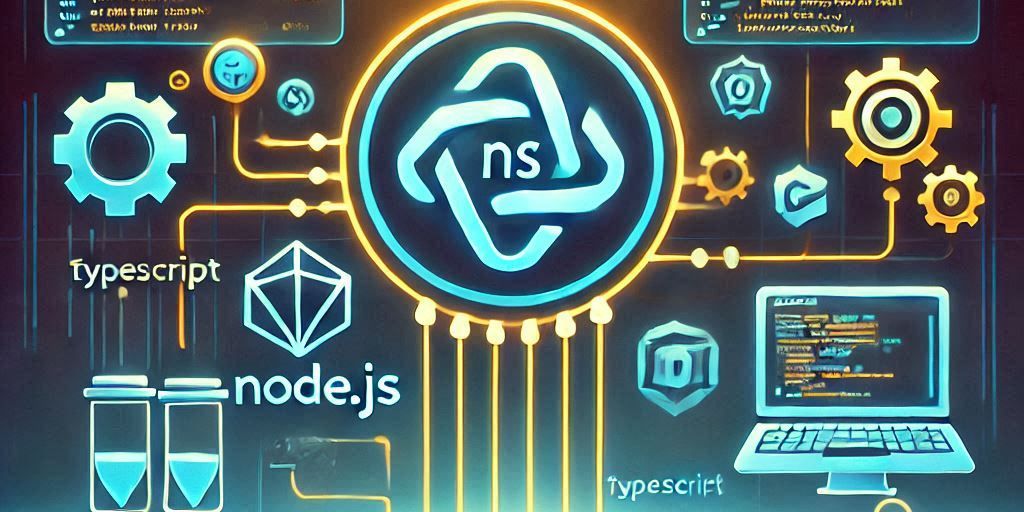How to Set Up a Node.js API with TypeScript in 2025

Install Node.js and NPM: Begin by installing Node.js and the Node Package Manager (NPM) on your machine for project management.
Initialize the Project: Run npm init to create a package.json file and set up your project.
Install TypeScript: Use npm install typescript --save-dev to add TypeScript to your project.
Create a tsconfig.json File: Generate a tsconfig.json file with npx tsc --init to configure TypeScript settings.
Set Up Express.js: Install Express with npm install express to handle API routes and server setup.
Install TypeScript Types for Express: Add type definitions with npm install @types/express --save-dev.
Create the API Directory Structure: Organize your project by creating directories like /src, /controllers, and /routes.
Set Up Basic API Routes: Start by defining basic API routes such as GET, POST, PUT, and DELETE.
Define TypeScript Interfaces: Use TypeScript interfaces to define the structure of request and response data.
Create Controllers for Business Logic: Separate business logic into controller files for better code organization.
Add Middleware for Request Parsing: Use middleware like express.json() and express.urlencoded() to handle incoming request data.
Use Environment Variables: Manage environment-specific settings with packages like dotenv and .env files.
Enable TypeScript Compilation: Set the outDir and rootDir properties in tsconfig.json to specify where TypeScript files are compiled.
Write Async Functions for API Calls: Use async/await for making asynchronous API calls and handling promises.
Error Handling: Implement error handling middleware to catch and respond to errors across the API.
Set Up a Database Connection: Integrate a database like MongoDB or PostgreSQL to store and retrieve data for your API.
Use TypeORM or Sequelize: If using an SQL database, install TypeORM or Sequelize for object-relational mapping.
Set Up CORS: Install and configure cors to enable cross-origin resource sharing for your API.
Install Nodemon for Hot Reloading: Install nodemon for automatic server restart during development.
Enable API Documentation: Use tools like Swagger or Postman to document your API endpoints.
Test Your API with Postman: Manually test all your API routes with Postman to ensure functionality.
Add Logging: Use winston or morgan for logging API requests and errors in the development process.
Write Unit Tests: Use testing frameworks like Jest or Mocha to write unit tests for your API functions.
Deploy to a Server: After building, deploy your API to a cloud platform like Heroku, AWS, or DigitalOcean.
Monitor and Maintain: Set up monitoring tools like PM2 or New Relic to track API performance and errors in production.